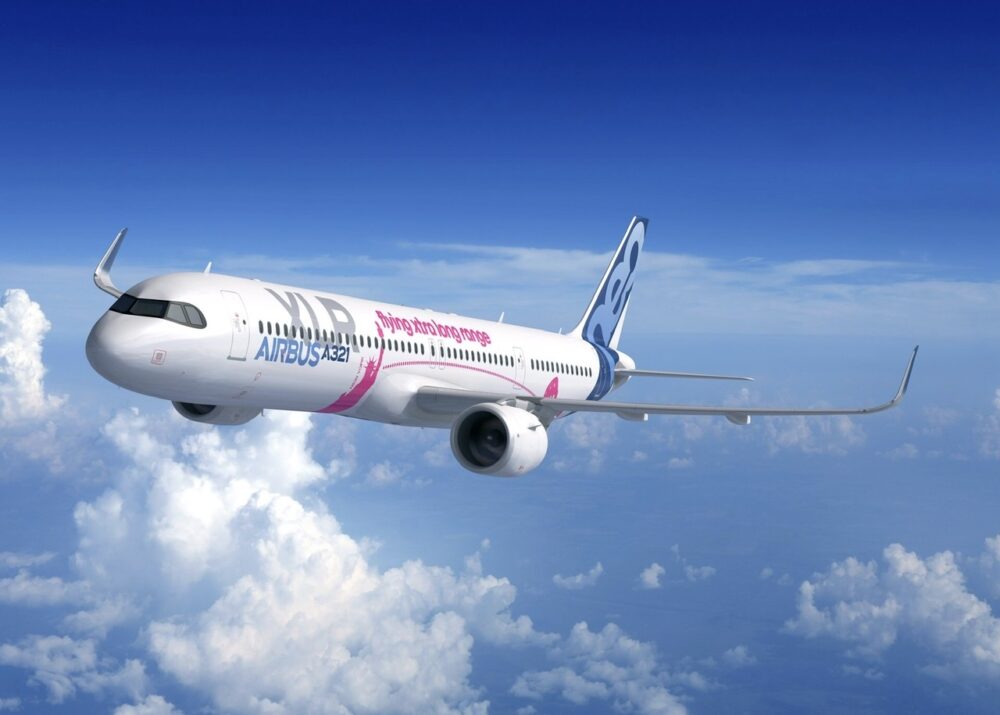Airbus Prepares To Begin Assembling The First A321XLR
On Tuesday, Airbus announced that its sites are now gearing up for Major Component Assembly of its newest addition to the A320neo family – the A321XLR. Featuring design alterations to accommodate a new fuel tank that will put the X in eXtra long-range, final assembly is scheduled to commence in the second half of 2021.

Many things have come to a halt in aviation this past year; growth, fleet expansions, numerous two-story aircraft… However, one thing that is still going ahead is Airbus’ game-changing A321XLR program.
As quadjets are out, twinjet long-distance operations are in. And what could be better in a long-haul market expected to be riddled with low demand figures for years to come than an agile, single-aisle, extra long-range aircraft.
Preparing for major assembly of fuselage and wings
Airbus announced yesterday that industrialization and parts production for the first A321XLR is now underway at Airbus sites and supplier facilities. The manufacturer is gearing up towards major component assembly of the first forward fuselage, center and rear fuselage sections, and the wings.
“The production of components for the first A321XLR flight-test aircraft is progressing through the sites all across the world, for large and small components as well as systems,” Gary O’Donnell, Head of Airbus’ A321XLR program, said in a statement.
“The production system, in particular, is now coming alive, with our teams receiving the design drawings from Airbus and the key risk-sharing design partners and bringing them into physical reality. This progress is already enabling Airbus’ factories across Europe and the UK to prepare their ‘pilot’ operations for the major component assembly phase to begin later this year,” Mr O’Donnell continued.
He further added that induction of the first major component assembly into the planemaker’s final assembly line at its facilities in Hamburg will take place in the second half of the year.
Design differing from previous versions of the type
To increase an aircraft’s range by 15%, additions need to be made. The main differences in design and manufacturing for the A321XLR compared to the A321neo and A321LR aircraft are related to the center and rear fuselage. This is due to the new integral fuel tank dubbed by Airbus the Rear Centre Tank (RCT), and its correlating fuel systems.
The aft fuselage, which features the new tank, will be assembled in Hamburg. Airbus is currently preparing a pilot production line in Hangar 260. The 228 meters long and 120 meters wide industrial space was previously home to the assembly of front and rear fuselage sections of the A380.
Elsewhere, Airbus’ facilities in Nantes commenced assembly of the plane’s center wing-box in November last year. Supplier Premium AEROTEC began assembling the RCT in Augsburg in August, six months ago. The contractor also produces various large fuselage components at its other plants in Nordenham and Varel.

The perfect post-crisis long-haul jet?
The RCT is the key to the A321XLR’s range. The latest feature will allow the jet to fly up to 8,700 km. That is an increase of 15% compared to the A321LR, which has a range of 7,400 km. While most airlines may be glad not to take new aircraft at this time, the A321XLR could be just what the industry needs as long-haul is in for a slow recovery.
American Airlines has ordered 50. Qantas intends to deploy the 36 it has on order on routes such as Melbourne to Singapore and Cairns to Tokyo. Wizz Air is set to make a go of it at the notoriously difficult long-haul low-cost segment, with 20 of the jets scheduled for delivery from 2023 onwards.


No comments:
Post a Comment